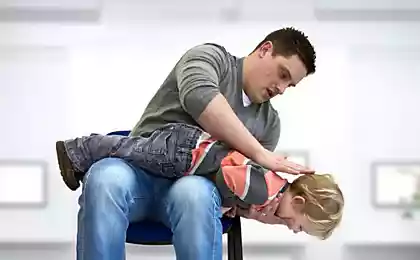415
Perhaps the human hand has acquired a form of the ability to develop an effective fist

Anthropologists from the University of Utah made the hypothesis that the characteristic of the human form of the brush formed primarily due to its ability to develop an effective in the fight with his fists. His hypothesis of American scientists confirm the measurement of mechanical properties of the brush on impact.
To participate in the experiments, the researchers have drawn ten men aged 18 to 50, each of which had the experience of training in boxing or martial arts. In the study, volunteers were required to strike a punching bag, while scientists using special sensors recording the speed and force of impact, and the degree of deformation in the brush.
The researchers found that although the ability to form a fist does not increase the force of impact, it makes it more efficient because less than half the space. Furthermore, it appears that stress the fingertips on the palm, which occurs in fist four times reduces the degree of deformation during impact. This not only protects the brush, but also contributes to the mechanical momentum transfer. This also contributes to support index and middle fingers large.
The study's authors believe that the ability to form a fist human ancestors gave advantages to their relatives in their struggle for survival and determined the course of its evolution. Apes, unlike humans, because of the longer and the phalanges of the thumb, which is not opposed to the others, forming a fist can not.
In the most common theory for the moment, the structure was determined by the selection brush human skill. The main emphasis in this theory is on the opposition of the thumb rest of the brush and relatively little is said about the shortening of the phalanges. As an alternative point of view, shortening of the fingers is a by-product of gene action that caused the shortening of toes. It is, as scientists say, has been associated with the transition from climbing to upright posture.
via factroom.ru























